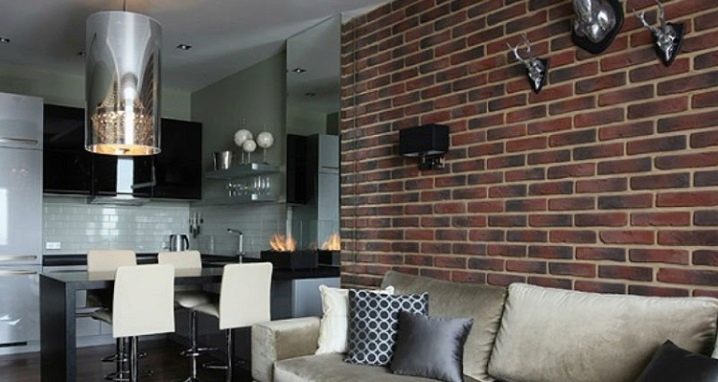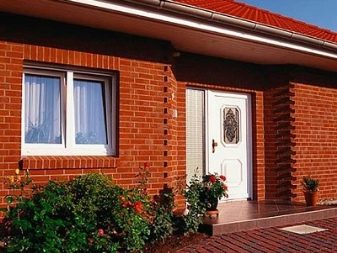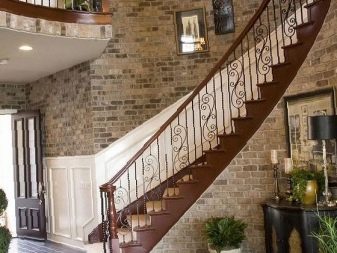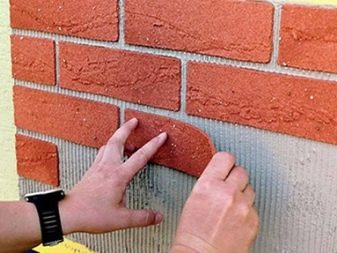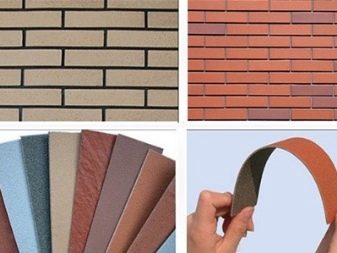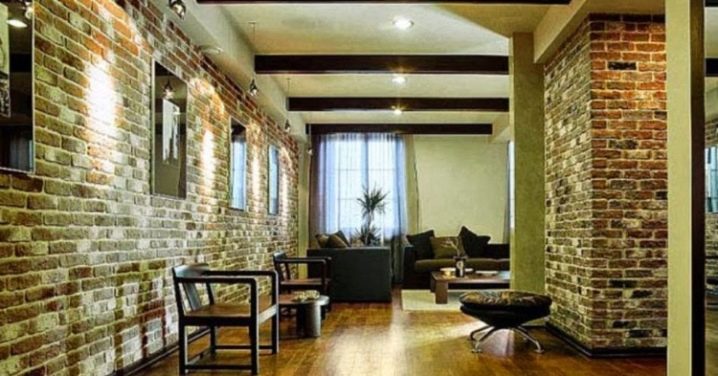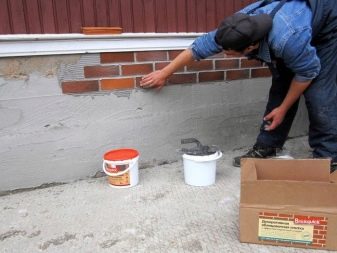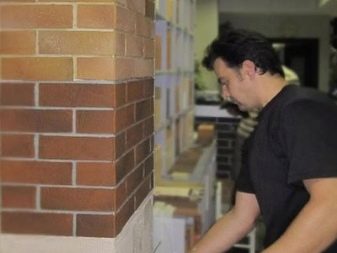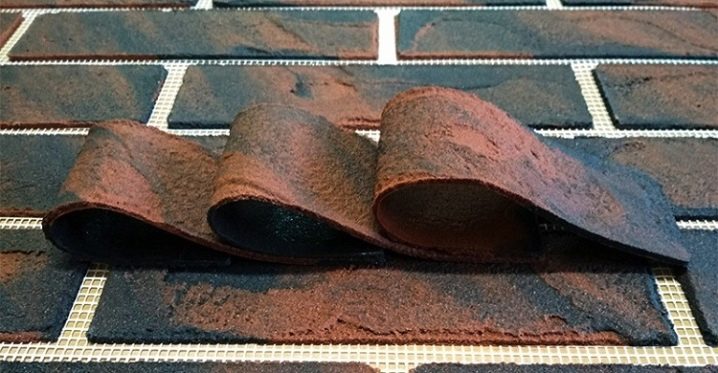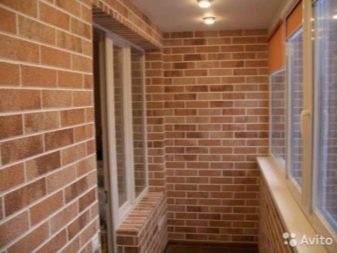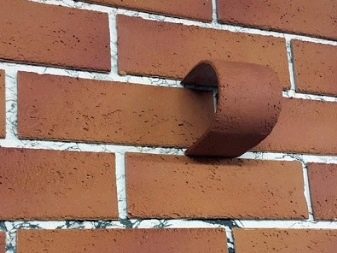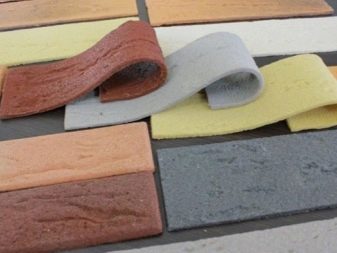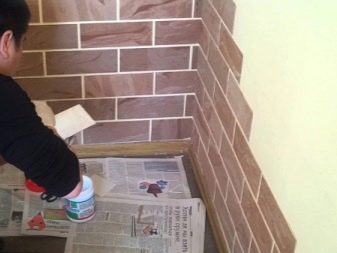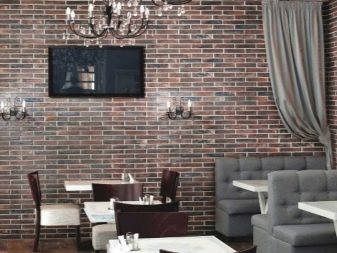What is a flexible brick and how to use it?
For everyone who appreciates the aesthetic qualities of bricks, so-called flexible bricks can be an interesting material not only for facades, but also for interior decoration. This modern material is convenient in work and opens up great opportunities for decorating various surfaces.
What it is?
At its core, a flexible brick is a variety of tiles that, from the side, remarkably resembles brick. The technology of manufacturing such a product involves the use of fine quartz sand and special resins with the inclusion of various pigments that give the product a particular shade. Each tile has a lacquered protective layer that does not allow to spoil its appearance under the influence of ultraviolet radiation and mechanical impact.
Such a finishing material bends well, which makes it possible to use it on curved surfaces. Thanks to this, you can beautifully finish various niches and protrusions, columns and other elements of the building. There are several tile standards that differ in size. These are 240 × 71, 240 × 65, 210 × 50 millimeters. The thickness of the product is 4 millimeters.
You can choose a "brick" of twelve colors. These are white, yellow, brick, brown, orange, pink and so on. Manufacturers also offer the possibility of making material in a color that is required by the customer. For finishing you can buy not only individual tiles, but also the material on the grid. The flexible brick is pre-assembled into whole sections, which during installation can be quickly glued to the wall, which significantly speeds up the work process.
Advantages and disadvantages
The outer flexible bricks have many advantages.
- It is well resistant to sunlight. Thanks to the pigments used when coloring does not burn out.
- Maintains mechanical loads. It does not form cracks and chips.
- Moisture does not pass through the flexible brick.
- Ecologically safe.
- Quietly withstands huge temperature drops from plus eighty-five degrees to minus thirty-five.
- It has a low thermal conductivity.
- The service life of such finishes is a quarter of a century.
In addition to the merits, this material has its drawbacks. Consumer reviews indicate that such finishing on the facade is difficult to clean up from the dirt that inevitably appears as a result of precipitation, dust settling, and so on.
Such a tile is washed off with difficulty, while alkaline-based detergents can spoil the protective layer of flexible bricks. This material for interior decoration is similar to the facade dignity.
- This flexible brick is resistant to friction, shock and other mechanical stress.
- Safe for human health.
- It has an interesting appearance that allows the designer of the interior to fully realize his creative ideas.
- Does not fade.
- Serves for many years.
- Withstands high temperatures.
- Easy to install because it is simply cut. Finishing does not require special elements to arrange the surface in the corners.
- You can “lay out” such a brick quickly and without problems.
- The price of flexible brick "does not bite."
Among the shortcomings, as well as with a flexible facade brick, a number of problems can be identified.
- This is the difficulty in care associated with the use of alkaline detergents.
- Finishing under a brick cannot be used at registration in many modern styles.
- There is a flexible brick at an unreasonably high price. At the same time, for a small fee, you can easily run into cheap material that will quickly disappoint.
- "Bricks" of the same color from different batches sometimes differ in appearance, which violates the quality of the finish.
Scope of use
If we talk about a flexible brick for the facade, this material has its advantages over the time-tested ceramic tiles, since the weight of the material is much lower. It is not terrible to finish with this “brick” even an old-fashioned facade. The material is well bonded with stone, plaster, concrete or wooden base, removing cracks and bumps from the eyes.
Inside buildings, flexible bricks are most often used for cladding corridors, hallways, balconies and kitchens. It is also an excellent material for decorating fireplaces and unusual curvilinear architectural elements.It is possible to cover the whole wall with such material, and it is possible to decorate, for example, only corners. For finishing often choose tiles with different shades. This allows you to create an unusual design in the rooms.
How to choose?
When choosing a flexible brick for decorating the room you need to follow a few rules. Finishing material should fit well into the overall style of the room. When choosing colors, you need to take into account the overall color scheme chosen to create an image of space.
Choosing a flexible brick, you need to accurately assess its quality. It is necessary to carefully study the accompanying documentation for the material, which shows all the characteristics of a flexible brick. You should not buy at a low price. You should also make sure that the finishing material does not contain harmful substances, which is extremely important when it comes to the design inside the building.
How to decorate the room?
Laying flexible bricks does not belong to the category of complex procedures. A person without special building education or many years of experience in this field can cope with the work of finishing such material. An expensive special tool is also not needed here.Special glue for flexible bricks will be required. It can be a powder that needs to be diluted in a certain amount of water, or it can be a mixture ready for use.
Getting started, you first need to prepare the surface on which will lay a flexible brick. To do this, it will have to level and clean the dust. For alignment the usual solution intended for such purposes is used. Then the wall is primed using antiseptic. Finishing by a flexible brick is made at a temperature not lower than five degrees of heat. If the room is too cold, the finishing material will not normally stick to the surface.
The marking is applied on the wall, covered with an adhesive solution with a thickness of about two millimeters. To do this, use a spatula with teeth, allowing you to distribute the adhesive on the wall in an even layer. Then the tiles are laid in rows. The first can be started with the whole, in the second row - first glue the half. To cut a whole flexible brick, it is enough to use well-sharpened scissors. Thanks to this method of forming a “pattern”, it is possible to imitate brickwork.
It is important to observe accuracy in the work so that the gaps between the tiles are the same. If the seams are uneven, the whole look will be spoiled. When cornering, the tile bends, which makes it beautifully designed. If it is difficult to work with each individual element or there is no time for it, you can resort to using flexible bricks on the grid. This will greatly simplify the case, and the result may be more worthy. To give a beautiful look to the seams, do not need grout. The glue in them is aligned with the use of a thin wet brush, which removes the excess.
How to care?
The convenience of a flexible brick is that it is easy to replace. It is possible to wash such covering with a usual wet rag or a sponge, but without fanaticism. Strong pressure is able to deform the elements of "masonry". In order not to make efforts, wet processing should be carried out systematically. Then on the surface will not be able to accumulate a large amount of dust, which will be difficult to scour. Thanks to simple procedures, such a coating can serve for a long time and please the eye.
In the next video you will find a master class on laying flexible bricks.
